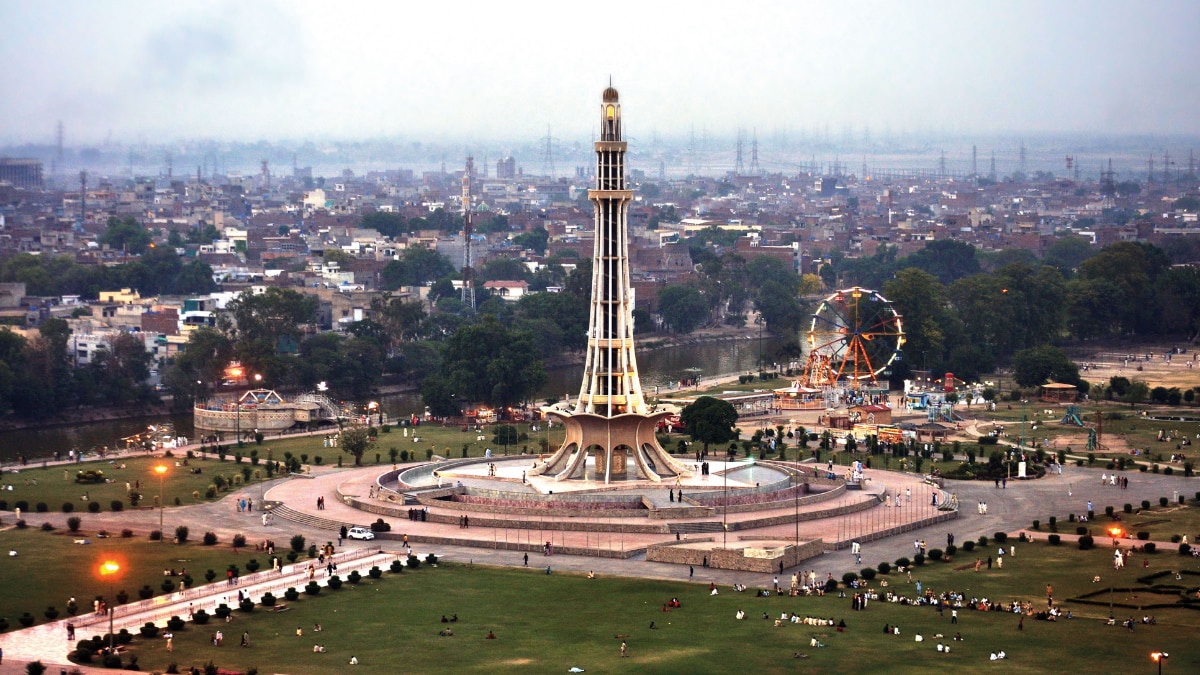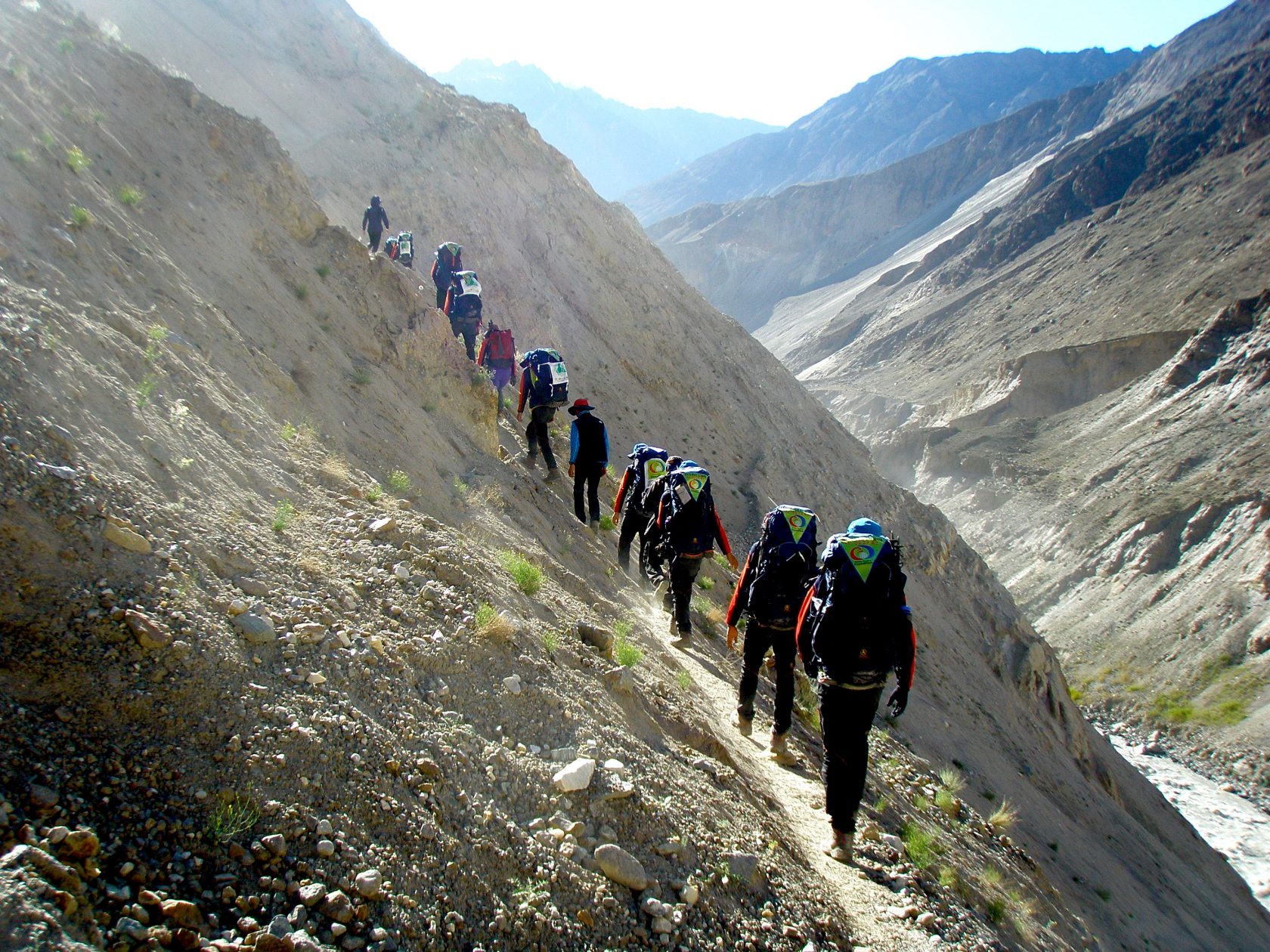- Resonance Cascades: Understanding the ripple effect of breaking news and its impact on global markets and daily life.
- The Initial Shock: How News Events Unfold
- Financial Market Reactions: A Cascade of Trades
- Societal Impacts: Changing Behaviors and Public Discourse
- Long-Term Consequences and Systemic Resilience
Resonance Cascades: Understanding the ripple effect of breaking news and its impact on global markets and daily life.
In today’s interconnected world, information travels at an unprecedented rate. A single event, a political development, or an economic shift can reverberate across the globe in mere seconds, a phenomenon often described as breaking news. However, the immediate impact of these events is just the beginning. Understanding the subsequent ripple effect – how initial reactions translate into market volatility, policy changes, and alterations in daily life – is crucial for individuals, businesses, and governments alike. This article explores the concept of resonance cascades, examining how breaking news triggers a chain reaction with far-reaching consequences.
The Initial Shock: How News Events Unfold
The initial stages of a major news event are characterized by uncertainty and rapid dissemination of information, often through social media and dedicated news outlets. The speed at which information spreads can be both a blessing and a curse. While it allows for quick awareness, it also creates an environment ripe for misinformation and speculation. It is during this phase that initial market reactions typically occur. Investors, reacting to headlines rather than detailed analysis, may trigger immediate buy or sell-offs, impacting stock prices, currency values, and commodity markets. These reactions are often based on perceived risk or opportunity, rather than a fully informed assessment.
The veracity of information during this initial shock is paramount. False or misleading reports can amplify the cascade effect, leading to exaggerated consequences. Reputable news organizations and fact-checking services play a crucial role in verifying information and countering the spread of disinformation. Understanding the sources and biases within the media landscape is also essential for consumers to form their own informed opinions. Here’s a table illustrating the key players involved in the initial dissemination of information:
| News Agencies | Initial reporting & verification | Wire services, websites, television |
| Social Media Platforms | Rapid dissemination & public discussion | Twitter, Facebook, Instagram |
| Financial Institutions | Market impact assessment & trading | Bloomberg terminals, news feeds |
| Government Authorities | Official statements & regulatory responses | Press conferences, official websites |
Financial Market Reactions: A Cascade of Trades
Financial markets are particularly sensitive to breaking news, often acting as leading indicators of broader economic sentiment. A seemingly isolated event – a political upheaval in a key oil-producing nation, for instance – can send shockwaves through energy markets, affecting transportation costs and consumer prices globally. Algorithmic trading, a dominant force in modern finance, exacerbates these reactions. Automated programs are designed to react instantly to news feeds, executing trades at speeds beyond human capabilities. This can lead to flash crashes or rapid price surges, amplifying the initial market response.
The interconnectedness of global markets means that a localized event can quickly escalate into a systemic issue. The 2008 financial crisis demonstrated this vividly, as the collapse of the U.S. housing market triggered a global recession. Understanding the complex relationships between different markets is crucial for investors and policymakers alike. Here is a list of factors influencing market sensitivity to breaking news:
- Geopolitical instability
- Economic data releases
- Central bank policy announcements
- Unexpected political events
- Natural disasters
Societal Impacts: Changing Behaviors and Public Discourse
The impact of breaking news extends far beyond financial markets, influencing societal behaviors and public discourse. Major events, such as terrorist attacks or natural disasters, can lead to heightened security measures, shifts in travel patterns, and increased social anxiety. The way individuals perceive risk and opportunity is often shaped by the narratives presented in the media. Furthermore, breaking news can polarize public opinion, particularly on sensitive political or social issues. The proliferation of echo chambers on social media reinforces existing beliefs, making it difficult for constructive dialogue to occur.
Access to real-time information can empower individuals to make informed decisions, but it can also contribute to a sense of information overload and anxiety. Constantly being bombarded with negative news can have detrimental effects on mental health. Cultivating media literacy – the ability to critically evaluate information and identify biases – is essential for navigating the modern information landscape. Here’s a list detailing actionable steps people can take to combat information overload:
- Limit news consumption to specific times of the day.
- Diversify news sources to gain multiple perspectives.
- Focus on in-depth analysis rather than sensational headlines.
- Engage in activities that promote mental wellbeing (exercise, mindfulness).
- Distance from social media during times of high stress.
Long-Term Consequences and Systemic Resilience
The long-term consequences of breaking news events are often difficult to predict. However, it is clear that these events can trigger profound and lasting changes in societal norms, economic structures, and political landscapes. The COVID-19 pandemic, for example, has accelerated the adoption of remote work, transformed supply chains, and heightened awareness of global health risks. Building systemic resilience – the ability to withstand and adapt to shocks – is essential for mitigating the negative consequences of future events. This requires investing in robust infrastructure, diversifying economies, and fostering international cooperation.
Furthermore, understanding the patterns and dynamics of resonance cascades can help individuals and organizations prepare for future disruptions. By identifying potential vulnerabilities and developing proactive strategies, it is possible to minimize the impact of unforeseen events and build a more resilient future. For example, understanding the potential impact of a major cyberattack could lead to enhanced cybersecurity protocols. A comparison of recent cascading effects is shown below:
| COVID-19 Pandemic | Global health crisis, economic lockdowns | Remote work adoption, supply chain disruptions, heightened health awareness |
| Russian Invasion of Ukraine | Geopolitical instability, energy price hikes | Increased defense spending, energy diversification efforts, humanitarian crisis |
| Global Semiconductor Shortage | Supply chain bottlenecks, production delays | Investment in semiconductor manufacturing, reshoring of production |
Ultimately, the ability to navigate the ever-changing landscape of breaking news requires a combination of critical thinking, informed decision-making, and proactive preparation. By understanding the ripple effect of events and building robust systems, we can mitigate the risks and capitalize on the opportunities presented by an increasingly interconnected world.
























